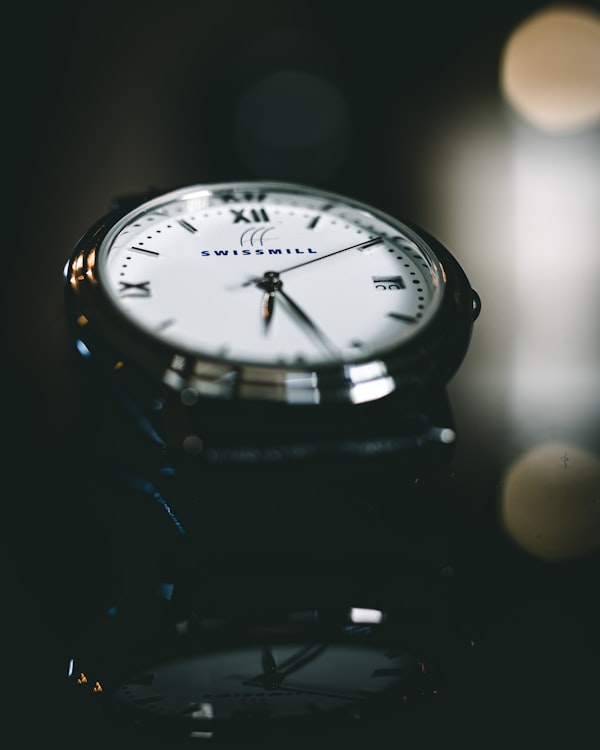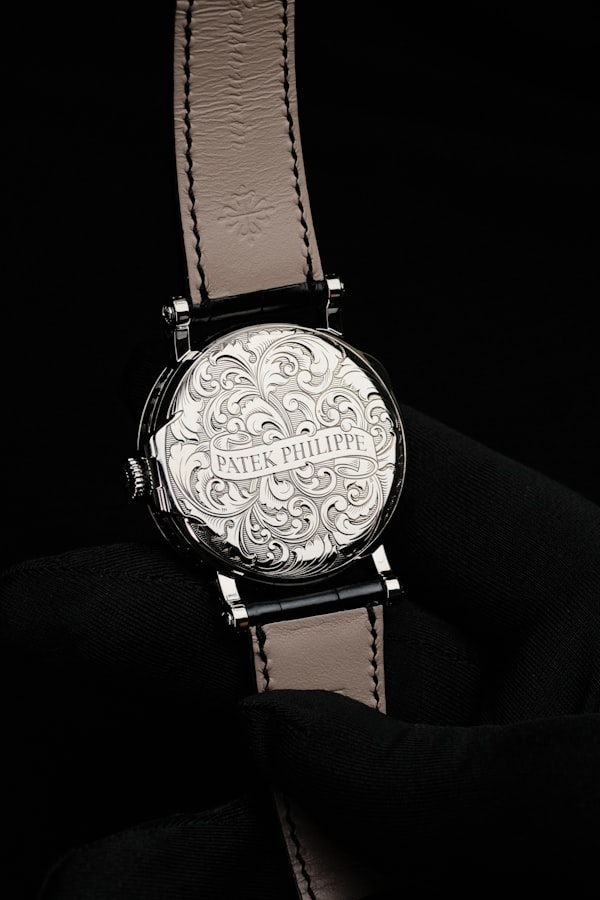Investment Watches: A Buyer's Guide

The luxury watch market has emerged as one of the most intriguing alternative investment categories, offering the unique combination of personal enjoyment and potential financial returns. However, successful watch investing requires deep knowledge, careful strategy, and a genuine appreciation for horological craftsmanship. This comprehensive guide will help you navigate the complex world of investment-grade timepieces.
Understanding the Watch Investment Market
The luxury watch market operates differently from traditional investments, influenced by factors ranging from brand heritage and manufacturing capacity to celebrity endorsements and cultural trends. Unlike stocks or bonds, investment watches provide tangible enjoyment while potentially appreciating in value.
Market Dynamics
Watch values are driven by scarcity, desirability, and brand strength. Limited production runs, discontinued models, and pieces with historical significance often outperform mass-produced alternatives. The market rewards authenticity, condition, and provenance above all else.
Understanding market cycles is crucial. The watch market can be volatile, with certain segments experiencing rapid appreciation followed by corrections. Patient collectors who focus on quality over quick profits typically achieve better long-term results.
Characteristics of Investment-Grade Watches
Not all luxury watches make good investments. Successful investment pieces typically share several key characteristics that separate them from mere luxury accessories.
Brand Pedigree
Established brands with strong reputations for quality and innovation tend to hold value better than newer manufacturers. Brands with rich histories, technical innovations, and cultural significance command premiums that often persist over time.
The "Holy Trinity" of Swiss watchmaking—Patek Philippe, Audemars Piguet, and Vacheron Constantin—consistently demonstrates strong value retention, though other brands like Rolex, Omega, and independent manufacturers can also offer excellent investment potential.
Rarity and Exclusivity
Limited production numbers create natural scarcity that drives demand among collectors. Annual production figures, special editions, and discontinued models often outperform regularly available pieces in terms of value appreciation.
However, rarity alone doesn't guarantee investment success. The piece must also be desirable and from a respected manufacturer to achieve strong market performance.
"The best investment watches are those you'd be happy to own even if they never appreciated in value—because you're buying something beautiful, not just an asset."
– Renowned Watch Collector and Auctioneer
Technical Innovation
Watches that represent technological breakthroughs or firsts in the industry often become highly collectible. Pioneering pieces in areas like antimagnetic properties, water resistance, or movement complexity frequently achieve strong appreciation.
Complex complications like perpetual calendars, minute repeaters, and tourbillons demonstrate manufacturing prowess and typically command higher prices, though they require specialized knowledge to evaluate properly.
Building an Investment Strategy
Successful watch investing requires a strategic approach that balances passion with pragmatism. Developing a clear investment thesis helps guide purchasing decisions and portfolio construction.
Diversification Principles
Like any investment portfolio, watch collections benefit from diversification across brands, styles, and price points. This approach helps mitigate risks associated with brand-specific issues or segment-wide corrections.
Consider diversifying across vintage and contemporary pieces, different complications, and various geographic markets. Some collectors focus on specific brands or eras, while others prefer broader approaches.
Entry Points and Timing
Market timing can significantly impact investment returns, though predicting short-term movements remains challenging. Focus on acquiring pieces below their fair market value when opportunities arise.
Estate sales, auction houses, and reputable dealers occasionally offer pieces at attractive prices, especially for collectors willing to invest time in research and relationship building.
Condition and Authenticity
Condition plays a crucial role in investment watch values. Even minor differences in condition can result in substantial price variations, making careful evaluation essential for serious collectors.
Original Components
Watches with original dials, hands, cases, and movements command significant premiums over those with replaced components. Documentation proving originality adds substantial value and credibility.
Service records, original papers, and boxes contribute to provenance and typically result in higher resale values. Maintaining complete documentation throughout ownership helps preserve investment potential.
Authentication Challenges
The luxury watch market unfortunately includes sophisticated replicas and frankenwatches (pieces assembled from mismatched authentic components). Working with reputable dealers and developing authentication skills is essential for investment success.
Independent authentication services and brand-certified dealers provide additional security for significant purchases, though developing personal expertise remains valuable for long-term collecting.
Notable Investment Categories
Certain watch categories have historically demonstrated strong investment performance, though past results don't guarantee future success.
Sports Watches
Professional sports watches from established brands often show excellent appreciation, particularly discontinued models and special editions. The combination of durability, functionality, and style appeals to broad collector bases.
Dive watches, racing chronographs, and GMT watches with strong design heritage frequently outperform dress watches in terms of investment returns, though this trend may not continue indefinitely.
Vintage Timepieces
Vintage watches offer unique investment opportunities, particularly pieces from the 1950s through 1980s. These watches often feature discontinued movements and design elements that appeal to collectors seeking authenticity and character.
However, vintage collecting requires specialized knowledge regarding authenticity, restoration practices, and historical significance. Many vintage pieces require ongoing maintenance that can impact total returns.
Independent Manufacturers
Small independent watchmakers occasionally produce pieces that achieve cult status among collectors. These manufacturers often focus on innovation, craftsmanship, and limited production that can result in significant appreciation.
Independent pieces require careful research and often involve higher risks, but can provide substantial rewards for collectors who identify rising talents early in their careers.
Market Risks and Considerations
Watch investing involves numerous risks that potential collectors should understand before committing significant capital to timepiece acquisition.
Liquidity Challenges
Unlike stocks or bonds, watches can take considerable time to sell, especially at optimal prices. The market for specific pieces may be limited, requiring patience and sometimes accepting below-market prices for quick sales.
Building relationships with dealers, auction houses, and collectors helps create liquidity options, though these relationships require time and effort to develop effectively.
Storage and Insurance
Investment watches require proper storage, insurance, and occasional maintenance that adds to total ownership costs. These expenses should be factored into return calculations when evaluating investment potential.
Safe deposit boxes, home safes, and specialized watch storage facilities each offer different advantages and costs that impact overall investment returns.
Long-term Perspective
Successful watch investing typically requires a long-term perspective that emphasizes quality over quick profits. The most successful collectors focus on acquiring pieces they genuinely appreciate while building collections that appreciate over time.
Market volatility is normal in the luxury goods sector, and short-term fluctuations shouldn't derail long-term strategies based on quality and authenticity. The joy of ownership should complement rather than be overshadowed by investment considerations.
Expert Guidance and Education
The complexity of watch investing makes expert guidance valuable for serious collectors. Building relationships with knowledgeable dealers, attending auctions, and connecting with experienced collectors provides education that books and articles cannot fully replace.
Continuous learning about brands, movements, and market trends helps develop the expertise necessary for successful long-term collecting and investing.
At Laphont Watches, we understand that our clients often view their timepiece acquisitions as both personal treasures and potential investments. Our expertise in market trends, authentication, and value assessment helps ensure that your watch purchases align with both your collecting goals and investment objectives.


